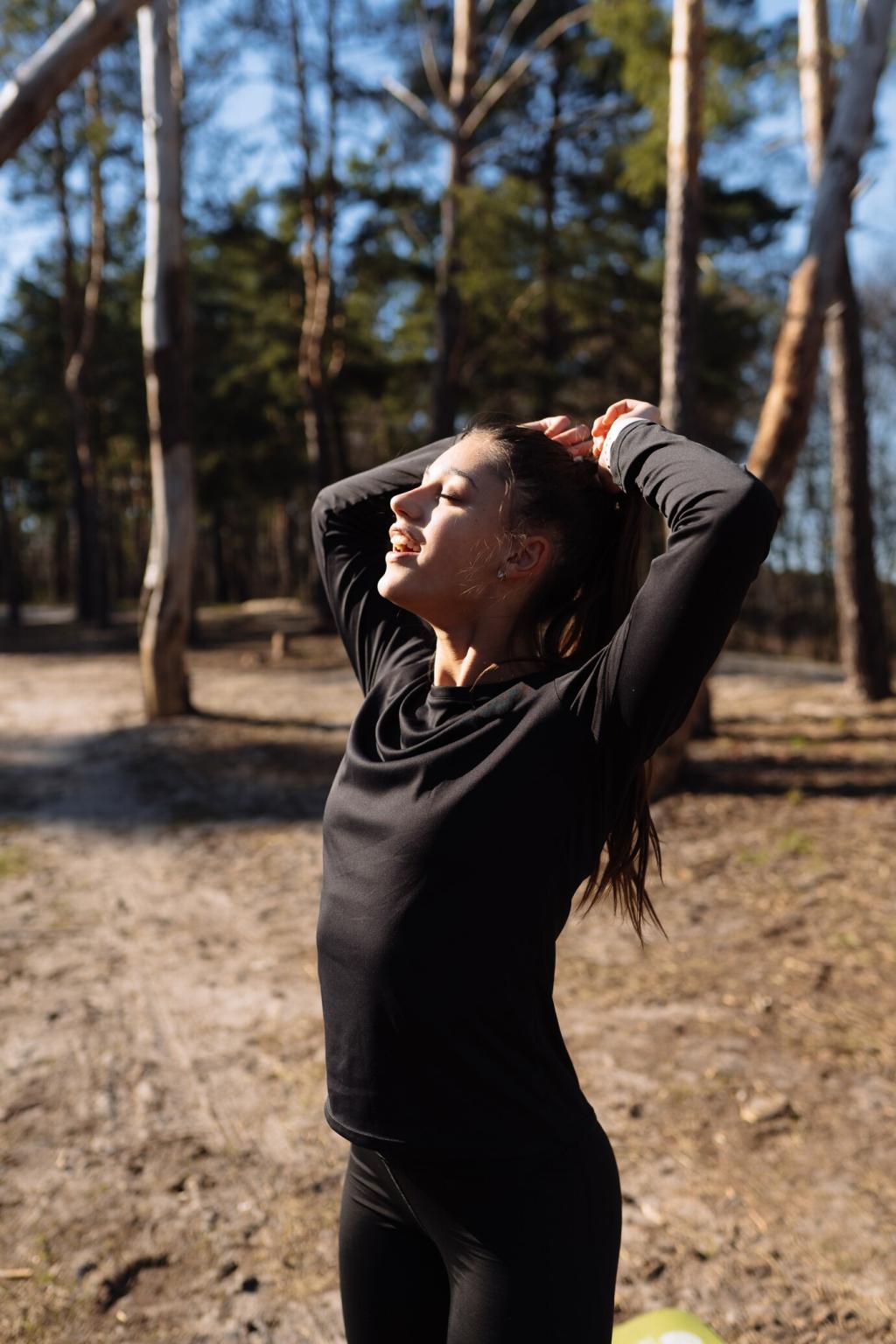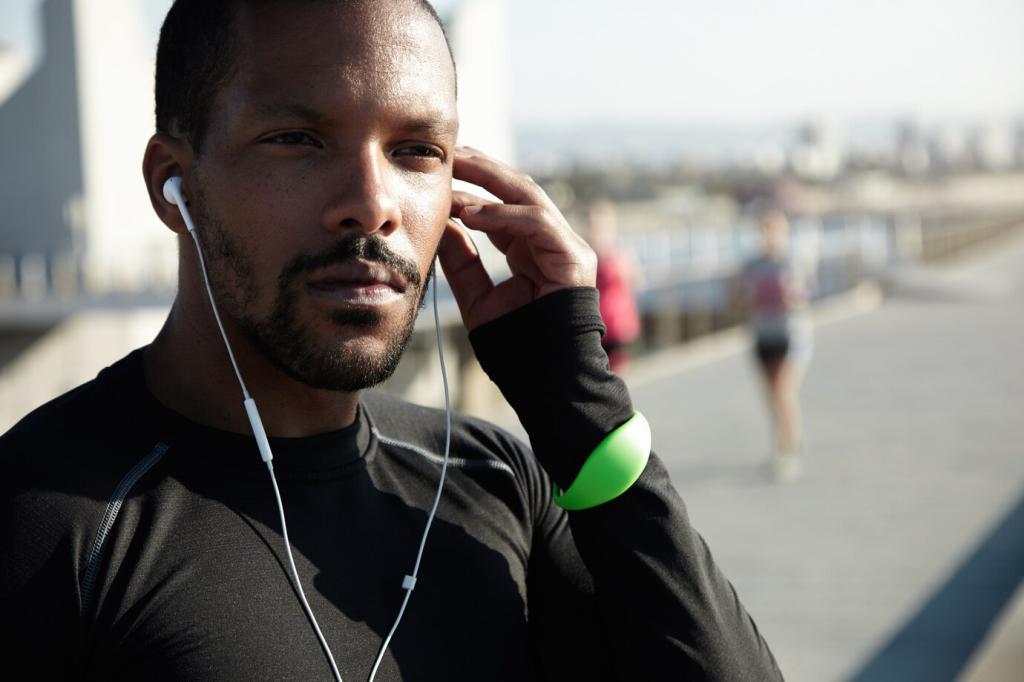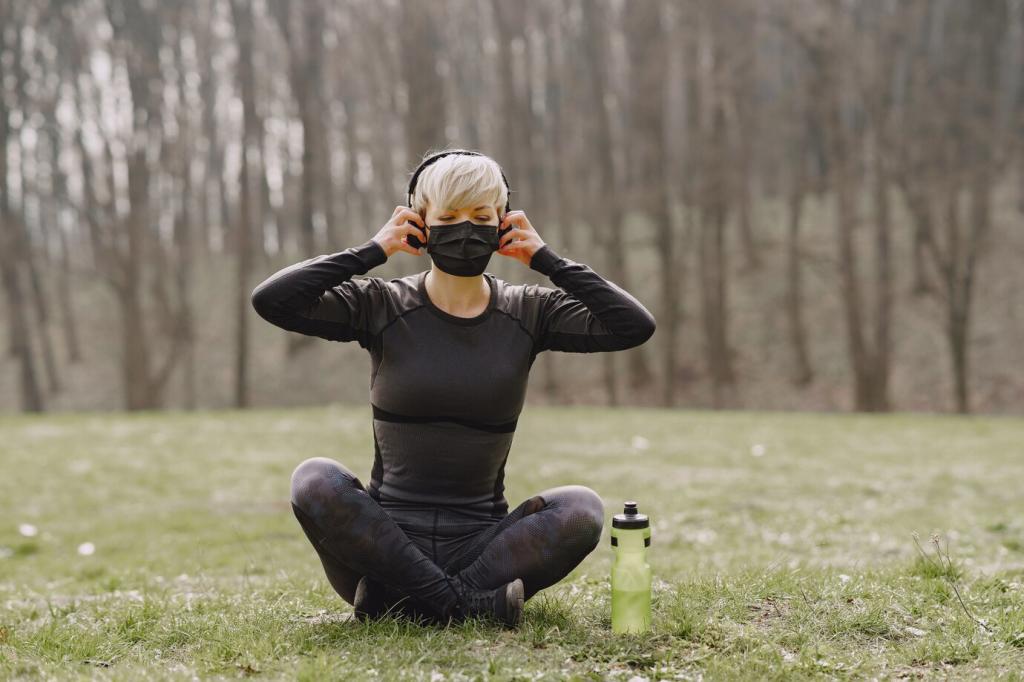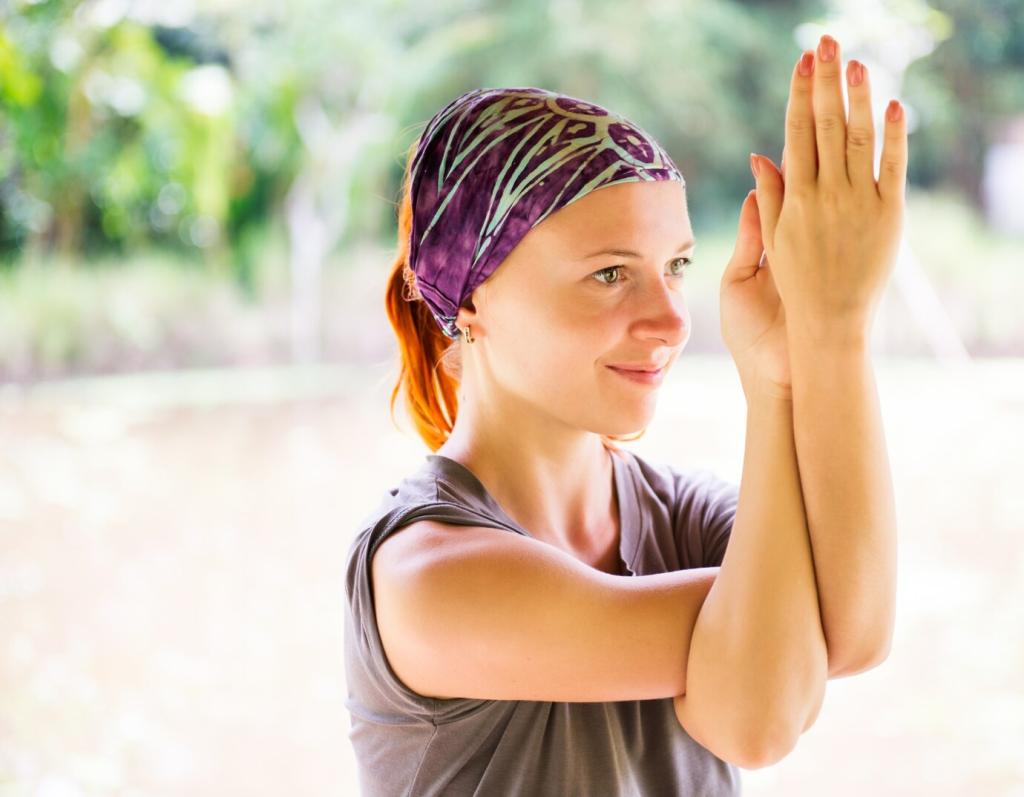
The Role of Mindfulness in Injury Prevention
Today’s chosen theme: The Role of Mindfulness in Injury Prevention. Slow down, tune in, and move safer—this home base is your invitation to build focused awareness into every step, lift, turn, and decision. Subscribe and share your experiences so we can learn together.
Attention as Protective Gear
Present-moment attention acts like invisible protective gear: it helps you anticipate hazards before they escalate. By noticing small cues—loose cords, fatigue, slippery patches—you create a margin for safer choices. Share a moment when attention alone changed your outcome.
Stress, Impulses, and Risk
Stress narrows attention and invites shortcuts. A single mindful breath widens the field, softens urgency, and improves judgment. Before a risky maneuver, pause and breathe for ten seconds. Tell us if that simple reset helped you avoid a near miss this week.
Micro-Practices You Can Use Before High-Risk Tasks
Stand still, breathe slowly, and scan head to toe. Notice tightness, dizziness, or distraction; adjust posture, grip, or plan. Setting a clear intention—“move smooth, not fast”—prevents rushed mistakes. Try this before your next task and report what shifted for you.
Micro-Practices You Can Use Before High-Risk Tasks
Inhale four, hold four, exhale four, hold four—repeat four rounds. This simple pattern steadies hands for precise work and quiets anxious urgency. Craftspeople, nurses, and climbers swear by it. Practice once today, then share how your focus or control improved.



Stories from the Field
Halfway through a tempo run, Jamie noticed a tickle at the ankle—just a frayed lace tip. She paused, retied, and avoided a curb catch that would have sent her tumbling. Have you ever honored a tiny signal and dodged a big problem?
Stories from the Field
During a dinner rush, a line cook felt his shoulders spike with tension. He exhaled, named the sensation—“heat, hurry, risk”—and slowed just enough to regrip the handle with a dry towel. Disaster avoided. Share your kitchen or workshop mindfulness save with us.
Science Behind Mindfulness and Injury Prevention
Attention Networks and Hazard Detection
Mindfulness training strengthens orienting and executive attention, the systems that help you select what matters and ignore noise. That translates into faster recognition of warning cues and fewer distraction-related errors. What competing signal can you mute today to notice one critical detail?
Interoception and Early Warning Signals
Mindfulness refines interoception—awareness of internal cues like strain, breath, and fatigue. Recognizing micro-tremors or form breakdown lets you stop before overload. Lifters, cyclists, and caregivers benefit alike. Keep a note of one body signal that reliably tells you to pause and reset.
Creating Cognitive Space
A micro-pause inserts space between impulse and action, improving response inhibition. That space reduces risky shortcuts and supports safer sequencing. The practice can be as simple as one breath plus the question, “What matters most now?” Try it and report your next safer choice.
Mindfulness Across Environments
Office workers: breathe, adjust chair height, and position screens to reduce strain before deep work. Builders: step back, scan edges, confirm PPE, and verbalize your sequence. What’s one environmental tweak you can make today to lower risk without slowing productivity?
Mindfulness Across Environments
Before exertion, warm up mindfully, set a pacing intention, and scan terrain for loose gravel or shifting light. Climbers double-check systems while naming each step; runners assess cadence and breath. Post your pre-activity ritual, and inspire someone else to move safer this weekend.



